Lawn Watering Tips-When is the Best Time to Water Your Lawn?
It’s a question we all want to know, and depending on who you ask, neighbors, friends, or a landscape professional you may get a different answer. As Utah’s Rock Landscape Experts, we know a thing or two about Landscaping in Utah and we’re here to give you a few tips to ensure you’ve got the healthiest, most lush landscape around.
Healthy turf with strong, deep roots- that’s the ultimate goal when talking lawns and of course having and maintaining a proper watering system is as important to the overall health and lushness of your lawn as the sunlight above it and the health of the soil beneath it.
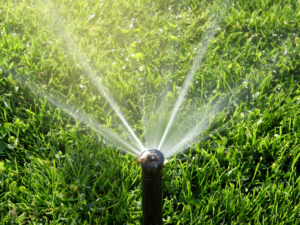
So what’s a proper watering system mean? We’re talking routine mainly. Time, frequency, and analysis. What does that look like-You want to get in the habit of watering your lawn around the same time of day, but the frequency may change as the seasons change because at times your lawn may need more or less water depending on the health of the soil. Part of your watering routine should also include you getting in the habit of monitoring the soil health-that’s where the real secrets lie. The soil, can tell you on a deeper and more preemptive level how your lawn is doing or what your lawn needs.
In fact, most people will look to the overall appearance of their lawn to determine their watering habits. The problem is, usually by the time you see it in the lawn-you’ve already got a problem. Learning what healthy soil looks like and feels like and adding routine monitoring of your soil to your overall lawn maintenance plan will surely set you up for success.
As a general rule, you want your soil to be dark, moist and to crumble off the roots of plants or your lawn when you pull them up slightly to test.
Roots should also be nice and well-spread out. If your soil is coming up in hard clumps and/or the roots are stunted, you may have a problem and you’ll want to start either increasing your watering length or frequency to make sure your soil is getting enough moisture. On the flip side, if your soil has a more muddy texture, and or sour or rotten smell this may be an indication of root rot and over watering. In this case you’ll want to pull back on your watering length or frequency to once a day (if you’re doing more) to bring your soil and your lawn to a more healthy balance.
The absolute best time to water your lawn is in the early morning, between 5 am and 9 am.
Cooler temperatures and early morning breeze allows for your lawn to soak up as much of that water as it can before the heat of the day sets in accelerating evaporation rates.
Did you know that just like people, your lawn can feel stress? It’s true and experts say that early morning watering also brings the added benefit of reducing the stress on your lawn by lowering the work that it has to do to fighting mother nature to absorb before evaporation.
As if that wasn’t enough of a kickback, early morning watering can also reduce the opportunity for your lawn to develop fungus. Why? Well, although it’s cool overnight as in the morning hours, which does slow those evaporation rates, the elongated time to the hot part of the day creates that dark, moist environment that promotes fungus growth. Watering in the early morning hours right before the day shifts to hot is just the right amount of time to let your lawn soak up enough water without putting your lawn in any precarious predicament for fungus.
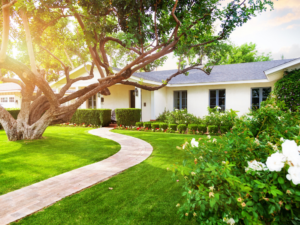
As a general rule, you should water long enough to moisten the soil down to the average depth of a healthy grass root which is about 6 inches.
To properly hydrate a normal lawn that’s going to translate to about one inch of water. 2-3 times per week, rather than daily. Keep in mind however, that because each lawn is different with different soil, and each climate may be different you have to ensure you’re watering for your specific property and testing that soil is going to be the key. As you test that soil you will begin to see the patterns and will be able to more efficiently make adjustments to ensure the greenest, healthiest lawn on the block.
The screwdriver test, is a great way to determine if your soil is properly watered.
After watering the lawn, take a long-blade screwdriver and shove it straight down into the lawn. The screwdriver blade should easily penetrate the soil-go down to that magic 6 inch depth. If you have resistance getting that deep-the soil is too dray and you need to increase your watering time and/or frequency.
While in ground irrigation systems can be the most efficient way to ensure a proper watering schedule with little water waste, it can also be an investment.
If you decide to stick with hand watering or an above ground system, just make sure to keep an eye on things to ensure 1. you aren’t wasting water 2. you aren’t over or under watering and 3. that you’re system is hitting every nook and cranny.





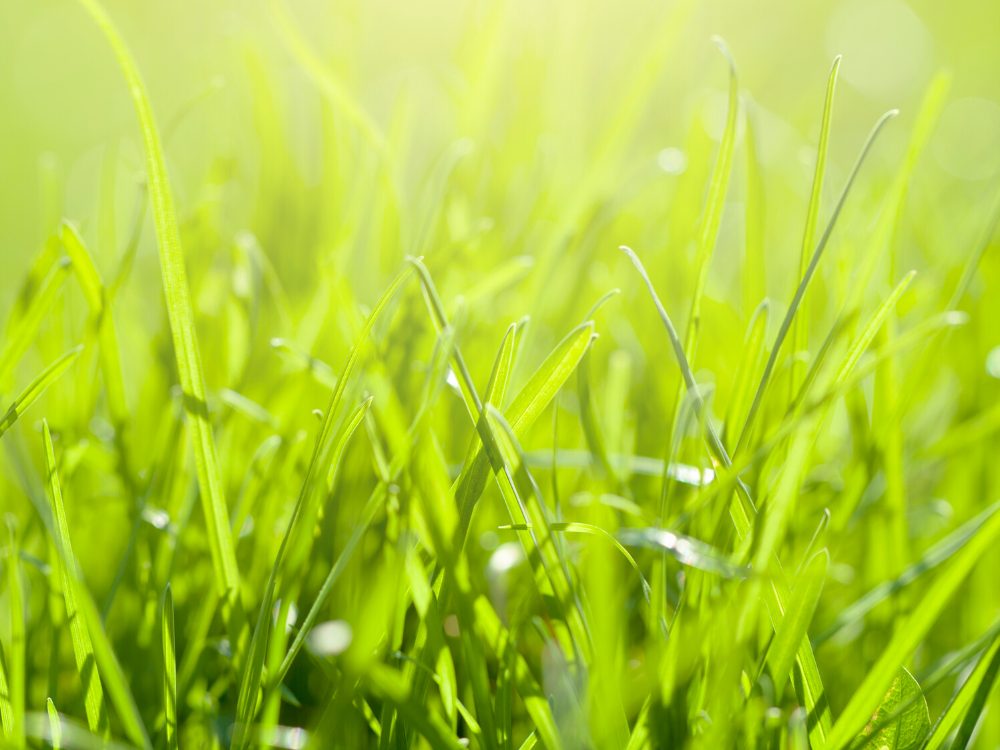
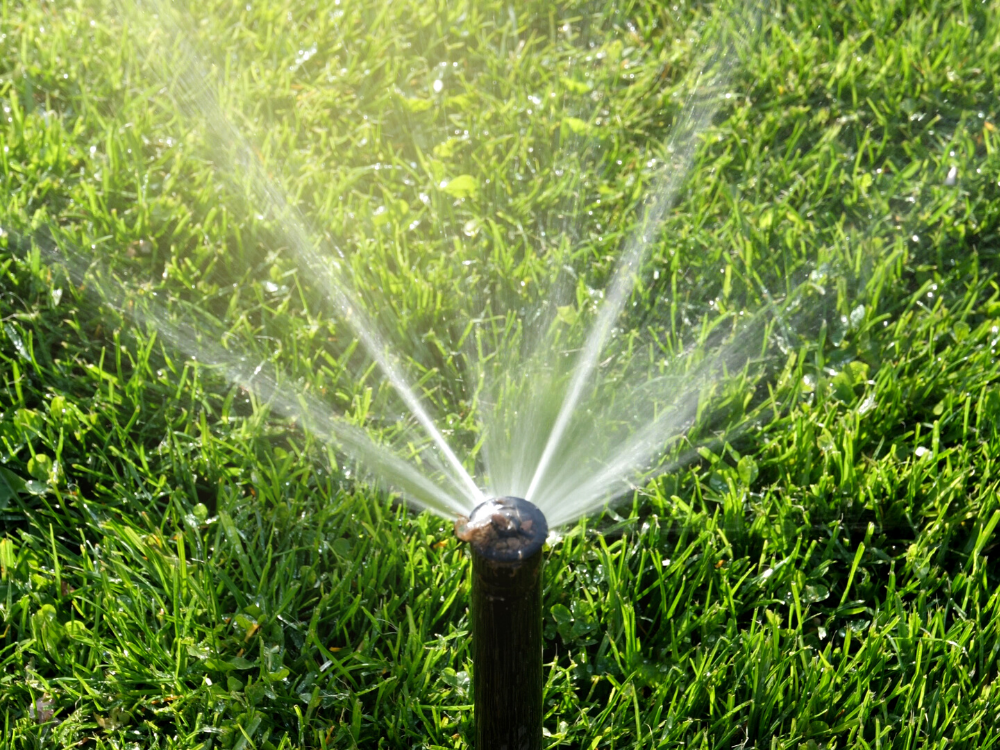
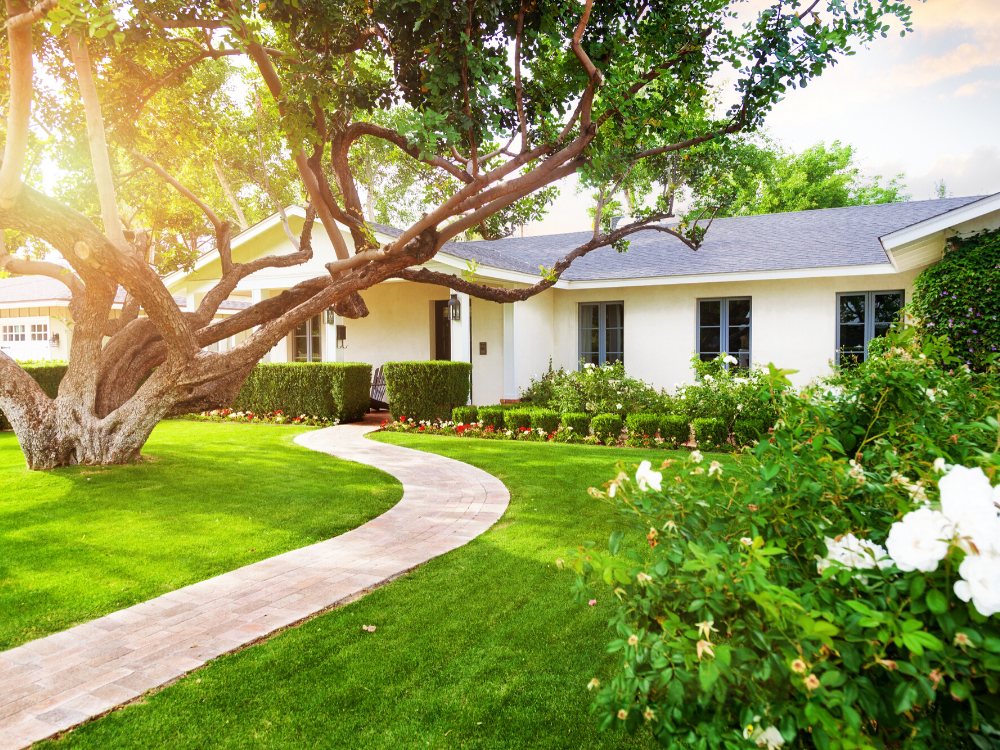

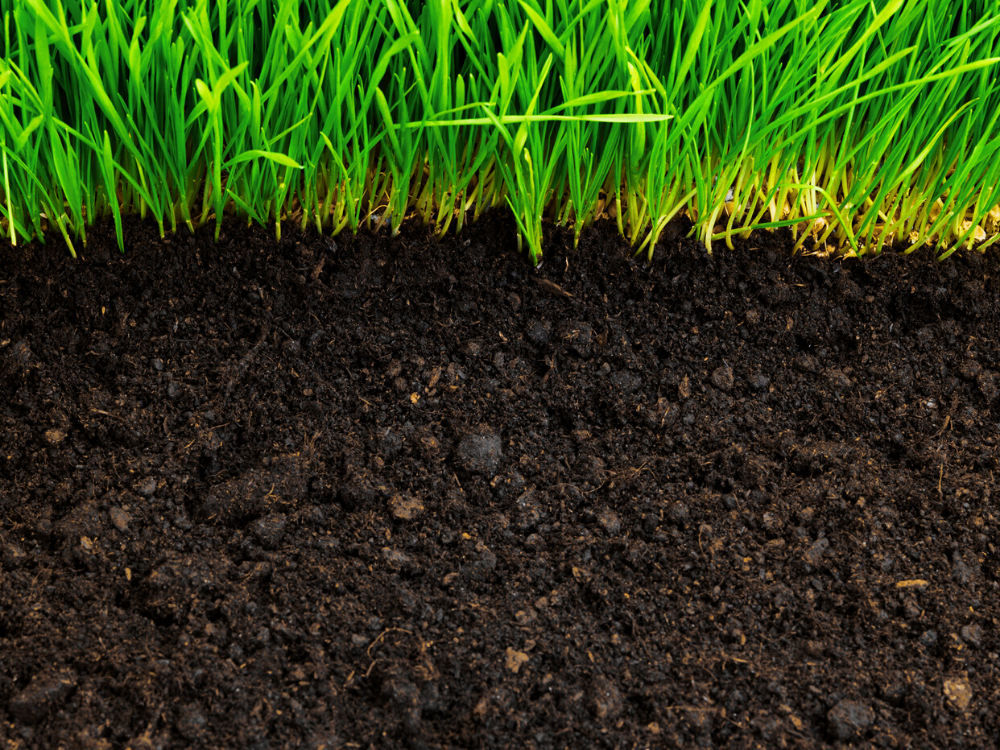
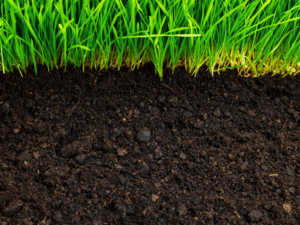
No Comments
Sorry, the comment form is closed at this time.